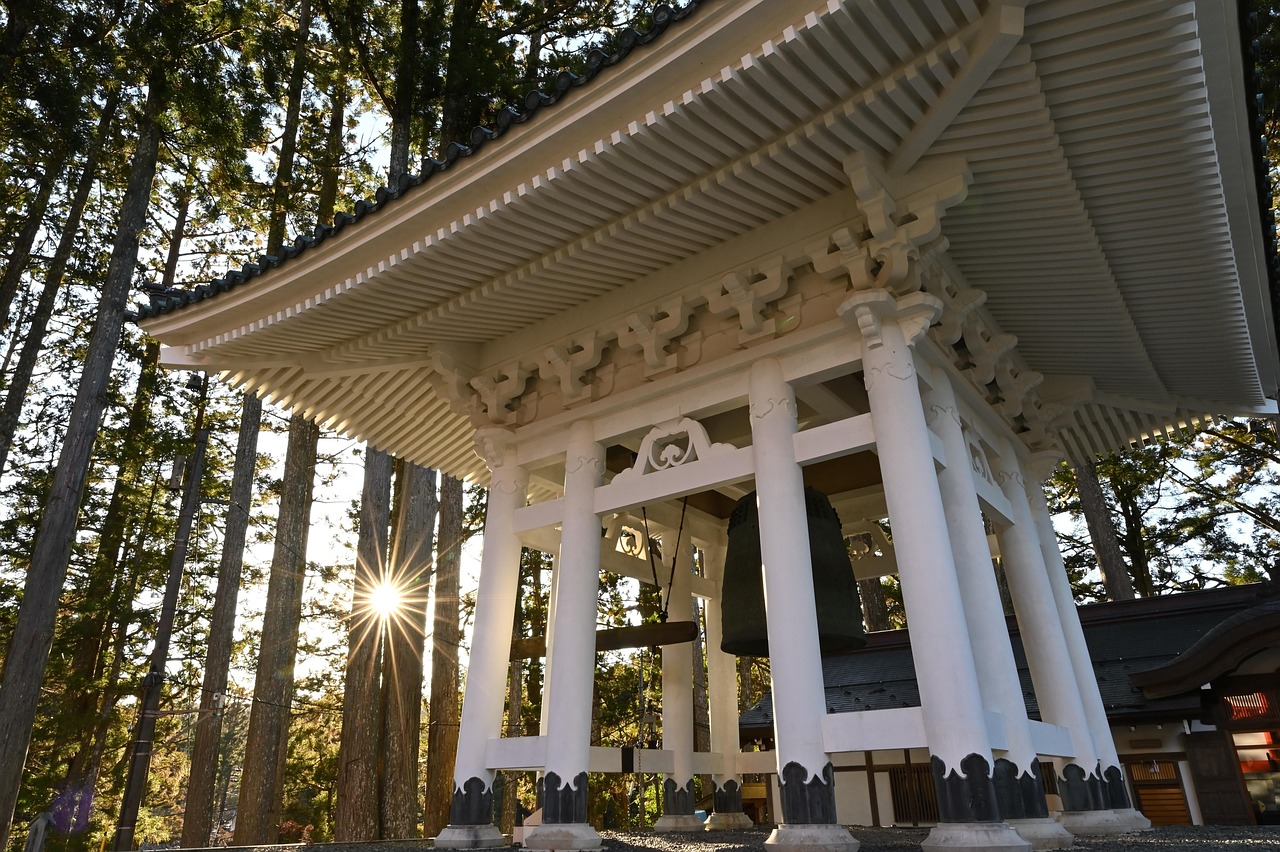
Obon is one of Japan’s most important family traditions. It takes place each summer, usually in mid-August, and is a time to welcome back the spirits of ancestors. The festival blends Buddhist and local customs and has been part of Japanese life for more than 500 years.
At its heart, Obon is about gratitude. Families take time to remember those who came before them and to thank them for the life they made possible. It is not a sad event, even though it centres on death. It is about connection, memory and care.
The story behind Obon comes from a Buddhist tale. A monk named Mokuren learned that his mother’s spirit was suffering after death. He was told that by making offerings to monks and praying for her, her soul could be released from pain. When he did this, he saw her freed and danced with joy. This dance became the Bon Odori, a joyful dance still performed today during Obon festivals across Japan.
Obon lasts for about three days, though exact dates vary by region. Some areas mark it in July, others in August. Cities can be quiet as people travel home to their family houses. Shops close, streets are decorated with lanterns, and trains fill with people returning to their hometowns to clean graves, cook family meals and reunite.
In most families, preparations begin before the festival starts. Homes are tidied and family altars are cleaned and decorated with flowers and offerings. Many place cucumber and aubergine animals on the altar. The cucumber represents a horse, to help the spirits return quickly. The aubergine represents a cow, to help them leave slowly and rest on their way back.
On the first evening, lanterns are lit at the family altar to guide the ancestors home. Some towns hold large fire ceremonies or light paper lanterns along rivers. Families visit graves, wash the headstones and leave flowers and incense. It is an act of respect and care, showing that the person is still remembered.
During the festival, families gather to eat and talk about their loved ones. Meals often include favourite dishes of the deceased. The atmosphere is calm and communal. Children learn stories about their grandparents and great grandparents. In towns and villages, people dance the Bon Odori together, often wearing light cotton yukata. The dance is circular, symbolising the cycle of life and death.
The final evening of Obon is called Okuribi. This is when families help the spirits return to the afterlife. Lanterns are carried to rivers or the sea and set afloat, a soft trail of light moving out into the dark. Some areas, such as Kyoto, hold large bonfires on surrounding hills. Each fire represents a family or neighbourhood and is a way of saying farewell until next year.
For families who have lost someone recently, the first Obon after a death has special meaning. It is called Hatsubon. It is both tender and emotional. The absence feels sharper and the rituals carry extra weight. Many families prepare new altars or display photos of the person who has died. Priests may visit to chant sutras or offer prayers for peace.
During Hatsubon, grief and gratitude mix together. It is a time to cry, remember and still celebrate the life that was lived. Families may invite relatives and close friends to share food and stories. The first year’s lanterns are often larger or more carefully made. The act of guiding the spirit home for the first time brings comfort and a sense of continuity.
For people outside Japan, Obon offers a powerful example of how ritual can help families live with loss. It shows that remembrance can be active, gentle and shared. It also shows how grief can be softened by repetition and care. Returning to the same acts each year gives shape to memory and keeps loved ones present in daily life.
Recording funeral wishes or remembrance preferences can bring a similar kind of peace. The Farewell Guide helps people make those choices easier for their families. You can record what kind of funeral or memorial you would want, the music or readings you’d choose, and how you’d like to be remembered. You can update it as your thoughts change.
For those arranging a funeral, The Farewell Guide also makes it simpler to find a funeral director near you. You can compare services and pricing, read profiles and choose someone who understands the kind of ceremony you want to create. It takes away some of the guesswork at a time when emotions are raw.
In Japan, Obon is about keeping the link between the living and the dead alive through care and attention. In the UK, we don’t have an exact equivalent, but the idea of remembrance runs deep here too. Whether it’s lighting a candle, visiting a grave, or recording your wishes so your family knows what matters to you, these are small ways of showing love that lasts beyond a lifetime.
When the fires and lanterns fade at the end of Obon, families in Japan don’t see it as goodbye. They see it as a promise to meet again next year, to remember and to celebrate together. That quiet, steady respect for those who came before is something any culture can learn from.
Planning ahead through something like The Farewell Guide is another way of honouring that same respect. It lets your loved ones know what to do when the time comes and gives you peace of mind knowing it’s all written down. Like Obon, it is about care, connection and love that continues long after we’re gone.